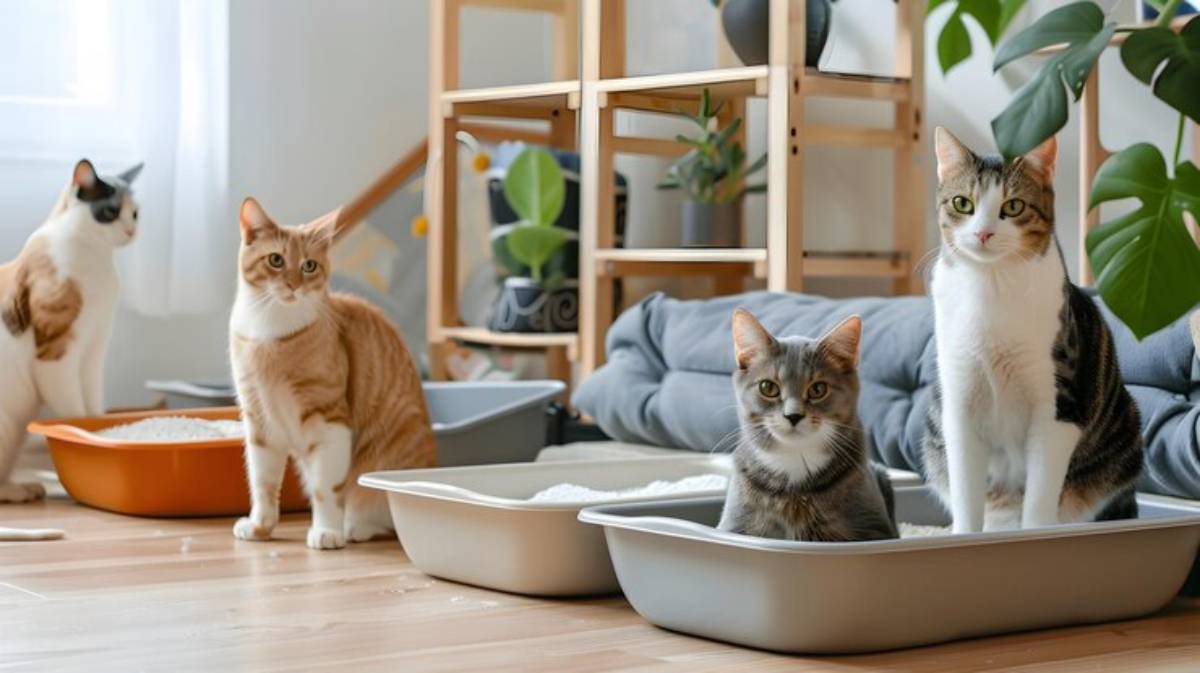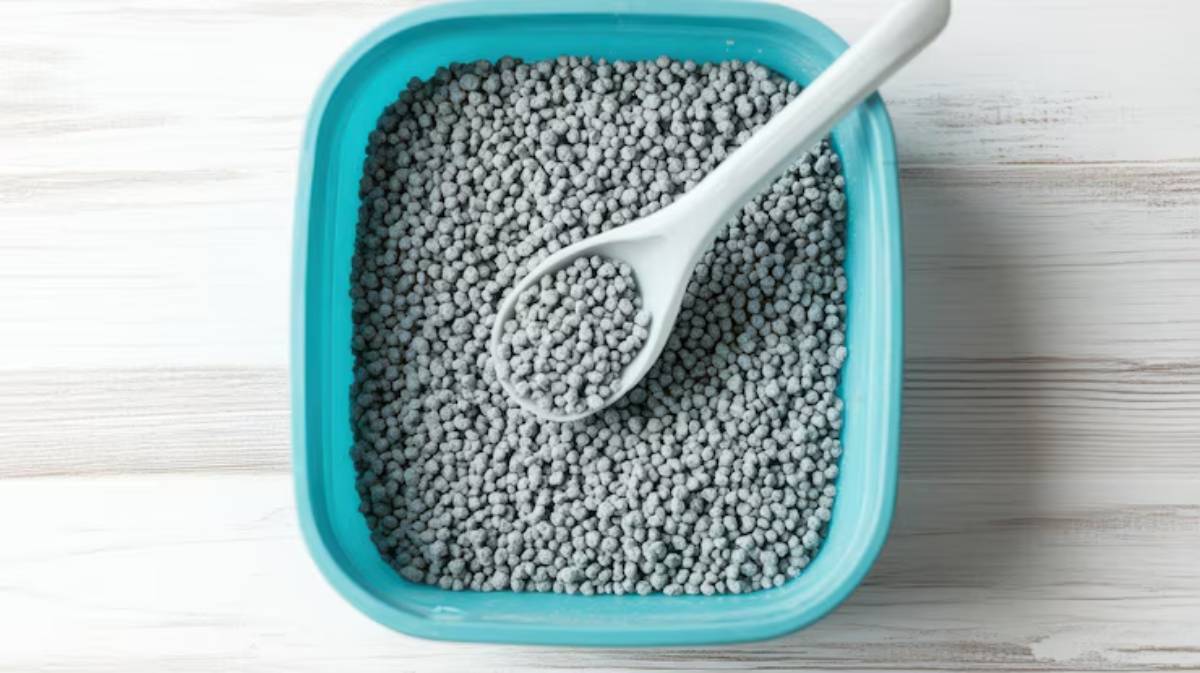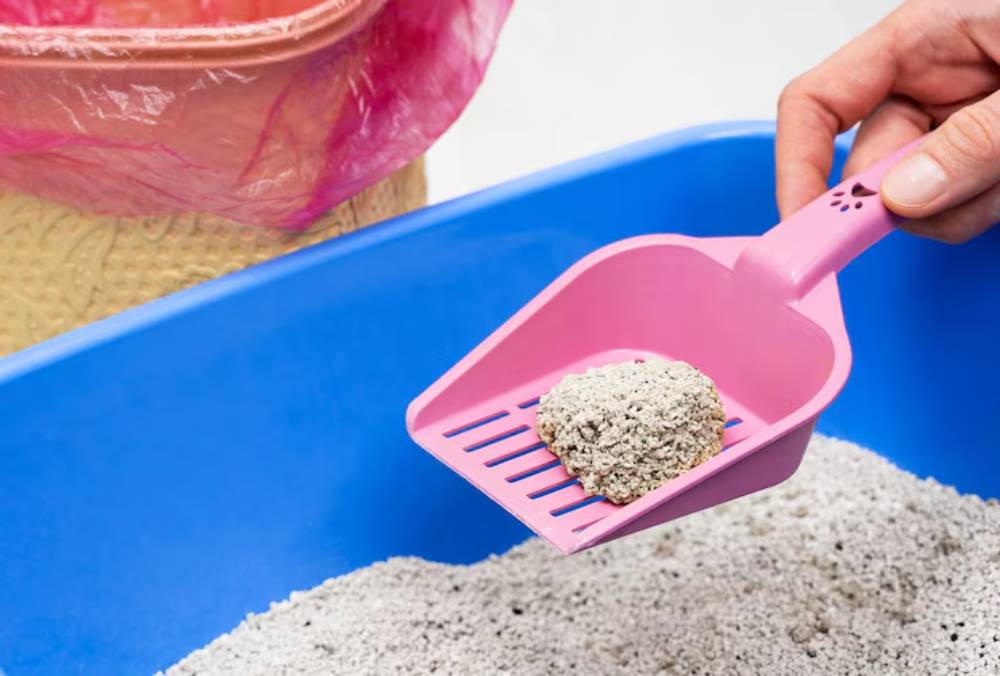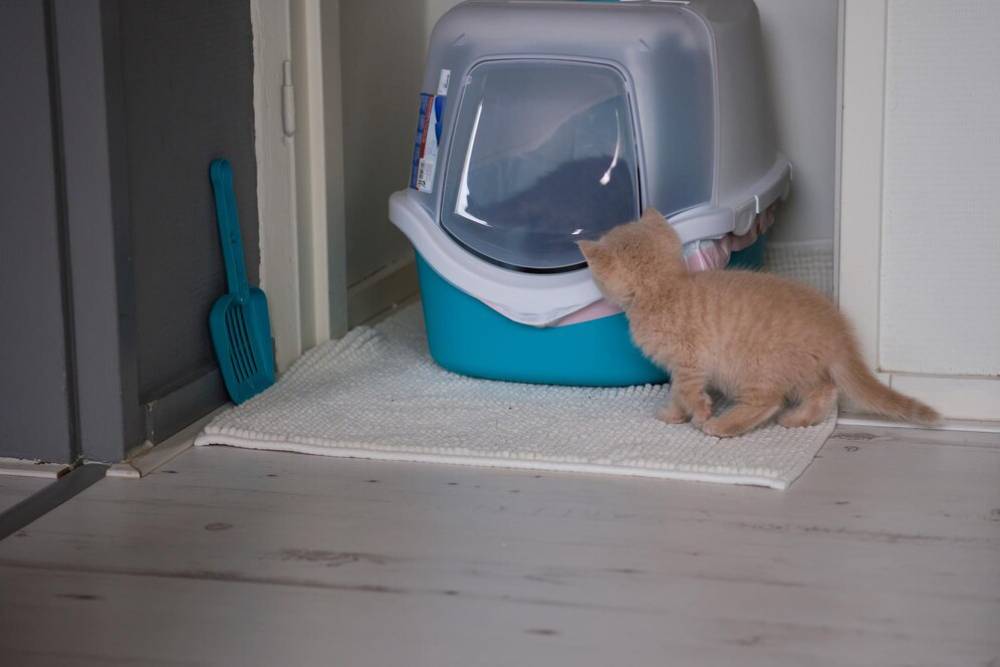
Reducing Litter Waste in Multi-Cat Homes
Sharing your home with multiple cats brings joy, companionship, and an ever-growing mountain of used litter. While multi-cat households are rising, so is the environmental impact of excessive litter usage. From the financial cost to the ecological toll of clay-based litter mining and plastic packaging, cat parents are increasingly conscious of their eco-pawprint.
But here’s the good news: with a few innovative strategies, you can drastically reduce litter waste without compromising hygiene or your cats’ comfort. Whether you’ve got two moggies or a full clowder, this guide offers practical, sustainable, and cost-effective solutions tailored to multi-cat homes.
Read on to discover eco-friendly multi-cat solutions that will help minimise litter waste and make your litter routine more efficient and planet-friendly.
Understanding the Problem: Why Litter Waste Adds Up So Fast
More Cats, More Boxes, More Waste
Generally, one litter box per cat is recommended, plus one extra. In a three-cat home, that’s four litter boxes—and a whole lot of litter to keep topped up.
Key waste contributors include:
- Over-scooping or complete litter dumps too frequently
- Low-quality litters that require full box changes often
- Unsealed litter boxes that lead to quicker spoilage
- Poor litter habits or territorial disputes cause cats to avoid shared boxes.
Environmental Impact of Traditional Litters
Many conventional litters, especially clay-based varieties, are:
- Strip-mined from the earth (non-renewable)
- Packaged in single-use plastic
- Non-biodegradable and non-compostable
- Heavy to transport, adding to their carbon footprint
When used in high volumes in multi-cat homes, the negative impact multiplies.
Choosing the Right Eco-Friendly Litter

1. Opt for Sustainable Materials
Switching your litter base is one of the most effective ways to start.
Eco-friendly litter types include:
- Recycled paper pellets: Highly absorbent and biodegradable
- Wood-based litter (e.g., pine, cedar): Naturally controls odour
- Wheat or corn-based litter: Clumps well and composts safely
- Coconut husk litter: Lightweight and sustainable
Tip: Look for brands that use minimal or recyclable packaging and avoid added fragrances.
2. Buy in Bulk — But Wisely
Buying in larger quantities reduces packaging waste and delivery emissions. However, make sure the litter stays dry and sealed—humidity can ruin natural litter.
Pro Tip: Use airtight containers or repurpose food-grade buckets to store bulk litter.
Innovative Strategies to Reduce Cat Litter Usage
1. Use Litter Liners Sparingly
While not always considered eco-friendly, washable litter box liners (like rubber or silicone mats) can reduce the frequency with which you scrub and replace entire boxes.
- Avoid disposable plastic liners, which often tear and add unnecessary waste.
- Instead, opt for machine-washable liners made from recycled materials.
2. Improve Scooping Techniques

Daily scooping is essential, but there’s a method to the madness:
- Scoop solid waste at least once a day to prevent unnecessary clumping and spoilage
- Top off the litter rather than dumping it all out each time
- Invest in a high-quality sifting scoop to preserve unused litter
3. Use Litter Mats to Reduce Waste Scatter
Cats often track litter outside the box. Over time, this becomes waste, swept up and binned.
- Place mats under each litter box to trap granules
- Choose washable or recycled rubber mats to stay eco-friendly
- Regularly shake mats back into the box if the litter is clean
Litter Box Hygiene Without Excessive Waste
1. Deep Clean Naturally
Skip chemical cleaners that are harmful to cats and the planet. Instead, use natural, biodegradable cleaners.
Like:
- Baking soda and white vinegar
- Unscented castile soap
- Steam cleaning (no chemicals needed!)
See our guide on natural litter box cleaning for full step-by-step instructions.
2. Keep Boxes in Well-Ventilated Areas

Airing out litter areas helps reduce smells and extends litter life. Proper ventilation also prevents moisture build-up, which can cause quicker degradation of biodegradable litter.
Managing Multi-Cat Behaviour to Prevent Waste
1. Solve Territorial Issues
Cats refusing to share a box may cause extra waste as they seek alternative places.
- Place boxes in different parts of the home
- Use covered vs uncovered styles to suit individual cat preferences
- Provide quiet, low-traffic areas for anxious or older cats
Check our article on litter box territory disputes for in-depth behavioural strategies.
2. Encourage Proper Litter Habits
To avoid litter misuse:
- Keep all boxes consistently clean
- Avoid sudden litter changes without a gradual transition
- Reward good box habits with treats or play
Tech-Savvy Waste Reduction: Litter Robots & More
For households with a budget, automatic litter boxes can drastically reduce waste by only removing the clumps.
Pros:
- Less frequent full box changes
- Lower long-term litter usage
- Reduced odour
Cons:
- Initial investment cost
- May not suit all cats
Some smart litter boxes also track usage per cat, helping you identify health issues early and reduce unnecessary waste.
Waste Disposal Tips: What to Do With Used Litter
Composting — Yes, It’s Possible!
Specific biodegradable litter (like paper or wood) can be composted, but only for non-edible plant use.
Steps:
- Set up a separate compost bin
- Never include faeces if your council prohibits it
- Only use compost on ornamental plants
Avoid Flushing Unless Labelled Safe
Flushing litter — even if it says “flushable” — can harm plumbing and water systems. Only flush waste-free clumps, and always check your local sewage guidelines.
Making Small Changes with Big Impact
Reducing litter waste in a multi-cat home isn’t about sacrificing cleanliness—it’s about being more thoughtful about what you use and how you manage it. From switching to eco-friendly litter and composting to improving litter box placement and cat behaviour, every change adds up.
And the best part? You’ll likely find your home smells better, your cats are happier, and your wallet breathes a sigh of relief.
Start small: choose one new eco-friendly habit this week. Maybe it’s trying a biodegradable litter, setting up a compost bin, or scooping smarter. Got tips of your own? Leave a comment below and share how you’re reducing litter waste in your multi-cat household.


